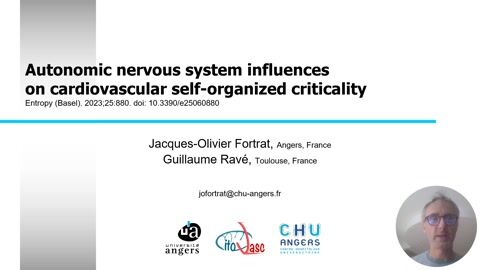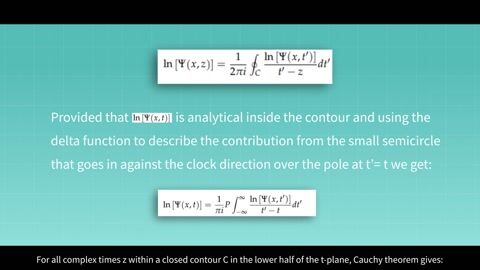- Subjects: Physics, Mathematical
- |
- Contributors:
- Leonardo De Carlo ,
- William D. Wick
- quantum magnetism
- wavefunction ensembles
- large deviations
This video is adapted from 10.3390/e25040564
In a wavefunction-only philosophy, thermodynamics must be recast in terms of an ensemble of wavefunctions. From this perspective, the authors study how to construct Gibbs ensembles for magnetic quantum spin models. They demonstrate that with free boundary conditions and distinguishable “spins,” there are no finite-temperature phase transitions due to the high dimensionality of the phase space.
Next, they focus on the simplest case, the mean-field (Curie–Weiss) model, to determine whether phase transitions are even possible within this model class, which helps to reduce the dimensionality of the problem. They find that, even assuming exchange symmetry in the wavefunctions, no finite-temperature phase transitions occur when the Hamiltonian is defined by the usual energy expression of quantum mechanics. In this scenario, the analytical argument is not entirely satisfactory, prompting reliance on computer analysis.
However, a variant model that includes additional “wavefunction energy” does exhibit a phase transition to a magnetized state. Regarding dynamics, which are not considered here, wavefunction energy induces a non-linearity that preserves norm and energy; this non-linearity becomes significant only at the macroscopic level.
The three results together suggest that magnetization in large wavefunction spin chains arises only when considering indistinguishable particles and blocking macroscopic dispersion (i.e., macroscopic superpositions) through energy conservation. Their primary technique involves transforming the problem into one of probability theory, applying results from large deviations, particularly the Gärtner–Ellis Theorem. Finally, they discuss the differences between Gibbs and Boltzmann/Einstein entropy in the selection of the quantum thermodynamic ensemble, along with some open problems.
Follow-up pre-print: https://doi.org/10.48550/arXiv.2403.13699
GitHub repository for the computational part: https://github.com/leodecarlo/Computing-Large-Deviation-Functionals-of-not-identically-distributed-independent-random-variables

































